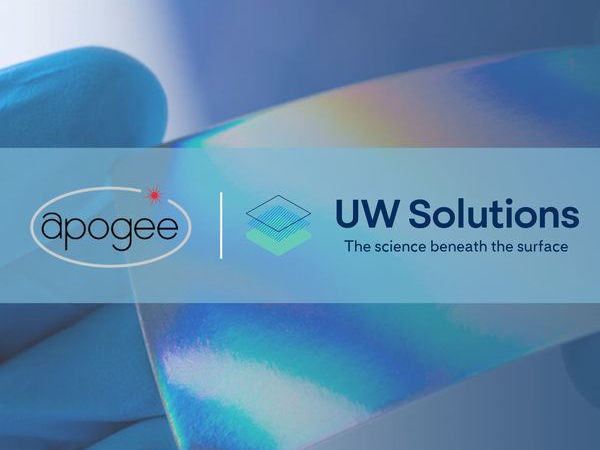Date: 21 June 2008
When the museum set out to build a facility in one of the last open spaces on the famed South Michigan Avenue in Chicago, it sought a design that would respect the historic architecture of its significant surroundings while also being forward-looking; a design that would decrease the barrier between the museum and the public while also framing the magnificent views of Lake Michigan and Grant Park.
Glass was selected as an ideal way to bridge the gap between past and future, outdoors and in. The glass façade beckons visitors to enter and explore the rich variety of offerings within. To optimize natural light and emphasize the role light plays in the Jewish religion and culture, Chicago architects Ron Krueck and Mark Sexton designed a 10-story façade of folded glass to cover the 155,000 square-foot building. “The façade is like a sheet of origami that was carefully folded to fit in between the existing buildings,” says Sexton. “We felt strongly that flat glass, versus curving, was essential to this project. We used clear, low-iron glass that had minimal distortion from roller waves to maximize the transparency of the facade.”
Like a giant jigsaw puzzle, the 181-foot by 80-foot glass façade contains 726 individual pieces of glass of 556 different shapes, installed by Arcadia Products, Inc. of Northbrook, Illinois. “Each piece was a parallelogram, which had a unique shape and slope,” says Sexton. “Viracon had to shape each edge perfectly, often times within a fraction of a degree. On top of that, they had to carefully label each piece of glass so that it could eventually fit into the aluminum framing system perfectly. It was a massive coordination job, and Viracon pulled it off seamlessly.” Installed, the glass tilts in three dimensions, creating an aesthetic that changes and sparkles with the sun’s position. The panels form a striking glass skin which flows over the museum’s entrance. Eight-foot by six-foot fixed insulating laminated glass skylights by Super Sky Products, Inc. further supplement interior daylighting.
To control solar heat transmission, the architects specified Viracon’s VE-85 coating, a high-performance low-e coating. The second surface of the configuration is also 40 percent covered with a white dot ceramic frit pattern, which further helps control heat and glare and creates light play within the building.
To protect the priceless artifacts that are housed within the museum, the architects selected insulating laminated glass made with Saflex® polyvinyl butyral (PVB) interlayers. The glass configuration also helps block sound transmission, helping to create a pleasant interior environment in the heart of the city.
The end result is a spectacular structure, of which Chicago Tribune architecture critic Blair Kamin wrote, “The building will strike a remarkable balance between respecting the row and making a powerful contemporary statement.”
For additional information, visit www.viracon.com, email glass@viracon.com or call 800-533-2080.
About Viracon
Viracon, based in Owatonna, Minn., has a second plant in Statesboro Georgia and opened a new plant in St. George, Utah in spring, 2007. The company is an international company of Apogee Enterprises, Inc. Viracon produces high-performance glass products, including tempered, laminated, insulating, silk-screened and high-performance coatings. Apogee Enterprises, Inc. is a leading fabricator, distributor and installer of value-added glass products and systems. Headquartered in Minneapolis, the company’s stock is traded on NASDAQ under the symbol APOG.
Contact Information:
Christine Shaffer, Marketing Manager
Viracon
800-533-2080 ext. 3490
cshaffer@viracon.com
Janet Ryan
Ryan Public Relations
314-822-8860
janet@ryan-pr.com







Add new comment